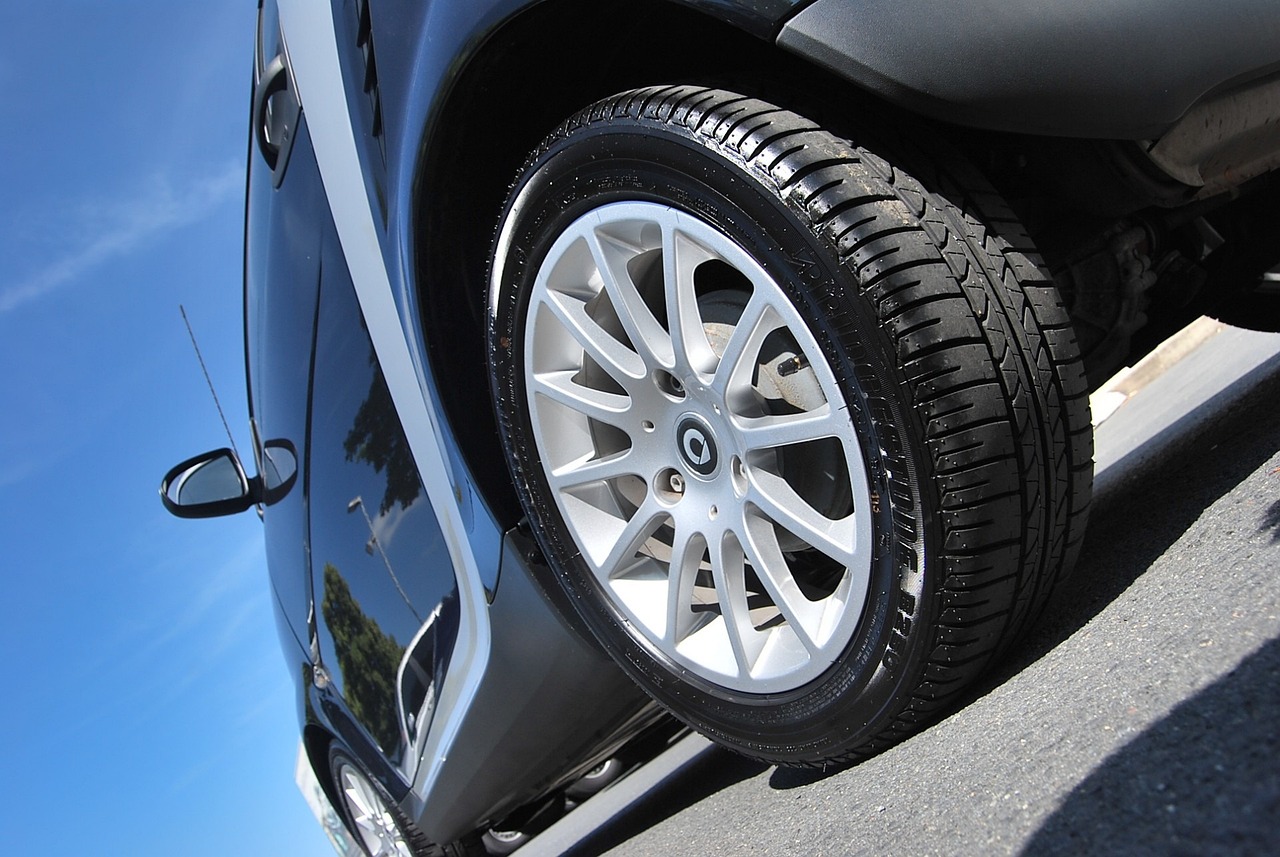How To Recognize the Sign of Replacing Your Old Car Tyres?

There are several fundamental maintenance guidelines that you, as drivers of cars, take into account. The first thing you consider when driving is the fuel level (since you do not want to run out of gas in the middle of the road), frequent engine oil changes, your car battery, and of course, your tyres. The most important parts of your car are the tyres. After all, they serve as your car’s “legs” and propel it along the road. You typically assume that your automobile is already in excellent shape when you send it in for maintenance, along with routine wheel alignment and wheel balancing. Remember that if you are on a tight budget but need tyres for your car, then it is recommended that you browse cheap tyres Midland.
Tread Depth
The tread wear on your tyres is one of the more visible signals that they need to be replaced. The tread is a glaring indication that your grip won’t be as strong as it previously was, much as how certain old sneakers can feel a little slick when worn. All passenger vehicles are required by law to have at least 1.6mm “throughout a continuous band in the centre 34 of the tread and around the full circle,” which is something we are all reminded of during the learning-to-drive process but quickly forget.
Naturally, measuring this is exceedingly challenging, but fortunately, tyres contain an inside marking that lets you know when they are too low. Only once they have significantly worn down does this manifest as a horizontal line or indentation running down the centre of the tread. You can always acquire a tread depth indicator or just drop a 20p in the main tread groove and see if the outside ring of the coin is visible. If it isn’t, your tread is healthy. If it is, you should check your tread depth so that you don’t push your tyre limits too far.
Excessive Vibrations
Driving on the road, especially on those bumpy B-roads, will inevitably cause you to feel some vibration from the surface. When your automobile experiences the same degree of vibration after leaving a bumpy B road and entering a newly constructed, smooth motorway, you will know something isn’t quite right. This may indicate a multitude of issues, such as poor shock absorbers or misaligned wheels, but it may also indicate a tyre that is beyond its prime. If the issue isn’t one of the aforementioned possibilities, there may be a problem with the wheel itself, which over time, will destroy the tyre anyway, so it’s better to have it looked at as soon as you hear any unusual vibrations. If it turns out to be anything else, remember to check and select genuine parts for a replacement if your vehicle has sustained any lasting damage.
A Sidewall with Cracks
Even more expensive tyres start to develop sidewall cracks over time as a result of the oils and chemicals in the rubber compound evaporating or degrading from UV light exposure. You’ll want to avoid a sidewall crack because it could make the tread separate more easily or, worse, cause a blowout. Get it replaced as soon as possible if something more noticeable, like a clear crack or blister, emerges. This indicates that you are probably on the verge of a blowout, which can be extremely dangerous. Given that the sidewall of the tyre is the most apparent component of the tyre, cracks are fortunately the easiest thing to detect; just make sure you check frequently.
Strange Noises
We all grow accustomed to the buzz and purr of our cars’ engines and the vibration of the road beneath our tyres, so when anything unusual sounds, you are likely to hear it right away. Tyres occasionally whine or squeak as the air compression changes when they start to break or may have developed a puncture. It’s recommended to pull over to conduct a routine inspection of the vehicle, not just the tyres, if you notice anything unusual while you are next out driving. You can try to narrow in on what else it could be if the tyres are fine, but the problem persists if you have already ruled out a flat tyre.
Tire Lifespan
Tyres have a life span like any other component of your vehicle, and if they are brand new, they should last for about five years. They will become more prone to cracks, blisters, and blowouts beyond this point as the rubber compound begin to separate. Wear and cannot guarantee this lifespan, but if yours do, you may want to think about replacing them so that you have the finest grip possible.
Final Thoughts:
As a result, if you weren’t completely sure, you should be able to check your car’s tyres successfully today and keep it as closely secured to the road as possible. To be prepared for emergencies, it’s a good idea to keep a spare wheel in your car.